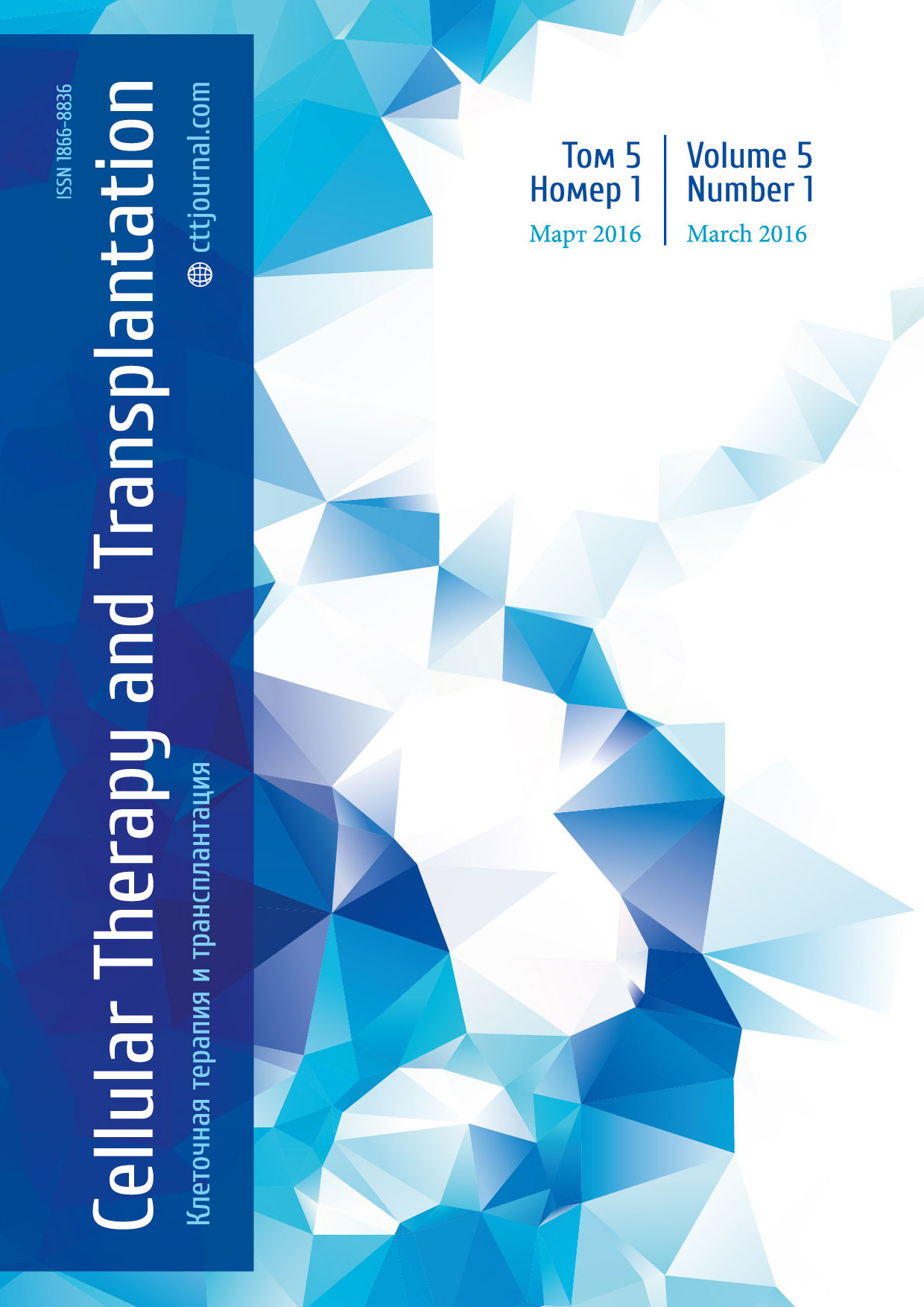Efficiency and safety of 5-azacitidine administration in acute myeloid leukemia and myelodisplastic syndrome after allogenic hematopoietic stem cell transplantation
Varvara N. Ovechkina, Sergey N. Bondarenko, Elena V. Morozova, Olga A. Slesarchuk, Anna G. Smirnova, Kirill A. Ekushov, Ludmila S. Zubarovskaya, Boris V. Afanasyev
Raisa Gorbacheva Memorial Institute of Children Oncology, Hematology and Transplantation, CIC 725, The First I. Pavlov State Medical University of St. Petersburg, Russia
Summary
Introduction
The aim of this study was to estimate overall survival (OS), relapse incidence (RI), non-relapse mortality and frequency of acute and chronic graft versus host disease (aGvHD, cGvHD) of patients with AML and MDS after hematopoietic stem cell transplantation (alloHSCT), receiving 5-azacitidine (5-aza).
Patients and methods
We performed pair-matched analysis of 116 patients with myeloid malignancies (AML 88%, MDS 12% ). Half of them received 5-aza after alloHSCT. In the group of patients, who received 5-aza median age was 28 years, range 2-68, 34 male, 24 female. 12 patients were grafted from matched family donor, 35 – matched/mismatched unrelated donor, 11 – haploidentical. Conditioning regimen was myeloablative in 16 (27%) cases, reduced intensity conditioning was used in 42 cases (73%). 27 patients (46%) had advanced disease at the moment of alloHSCT. Unfavorable cytogenetic before alloHSCT was detected in 14 (24%) cases. 7 (12%) patients had the minimal residual disease before alloHSCT. In the group of comparison, median age was 29 years, range 2-60, 31 males, 27 females. 22 patients were grafted from matched family donor; 28, matched/mismatched unrelated donor; 8 patients received haploidentical grafts. Conditioning regimen was myeloablative in 17 cases (30%), a reduced-intensity conditioning was used in 41 cases (70%). Advanced disease at the moment of alloHSCT had 23 patients (43%). Unfavorable cytogenetic before alloHSCT was detected in 10 (18%) cases. 5 patients (9%) had detectable minimal residual disease before alloHSCT. Median time for the 5-aza administration was day +253 (27-861) after alloHSCT; 5-aza was injected subcutaneously 35mg/m2/daily, 5 days of 28-day cycle, the median number of 5-aza cycles administrated was 2,5 (1-8). 5-aza was combined with donor lymphocyte infusions in 36% (21).
Results
Three-year OS rates in the group with 5-aza therapy were 38% vs 22% in the group of comparison (p=0,08). A 3-year RI in the group with 5-aza therapy was 35%, in the group of comparison, 57% (p=0,2), the results were estimated for patients without post-transplant cell therapy. The 2-year NRM in the group with 5-aza therapy was as low as 7% vs 22% in the group of comparison (p=0,05). Frequency of the grade III-IV aGvHD in the group with 5-aza therapy was documented as 6%, in the group of comparison, 26% (p=0,007). The one-year GvHD- and relapse-free survival (GRFS) in the group with 5-aza therapy comprised 35% vs 16% in the group of comparison (p=0,04).
Conclusions
As based on our data analysis, the usage of 5-aza shows a tendency for prevention of relapses and improvement of overall survival in the high-risk group. Administration of 5-aza may decrease the risk of severe aGVHD and cGvHD. This drug has low toxicity and can be used in early post-transplant period. Extended randomized trials are needed in future for more reliable conclusions.
Keywords
Hematopoietic stem cell transplantation, myelodysplastic syndrome, allogeneic, 5-azacytidine, acute myeloid leukemia


